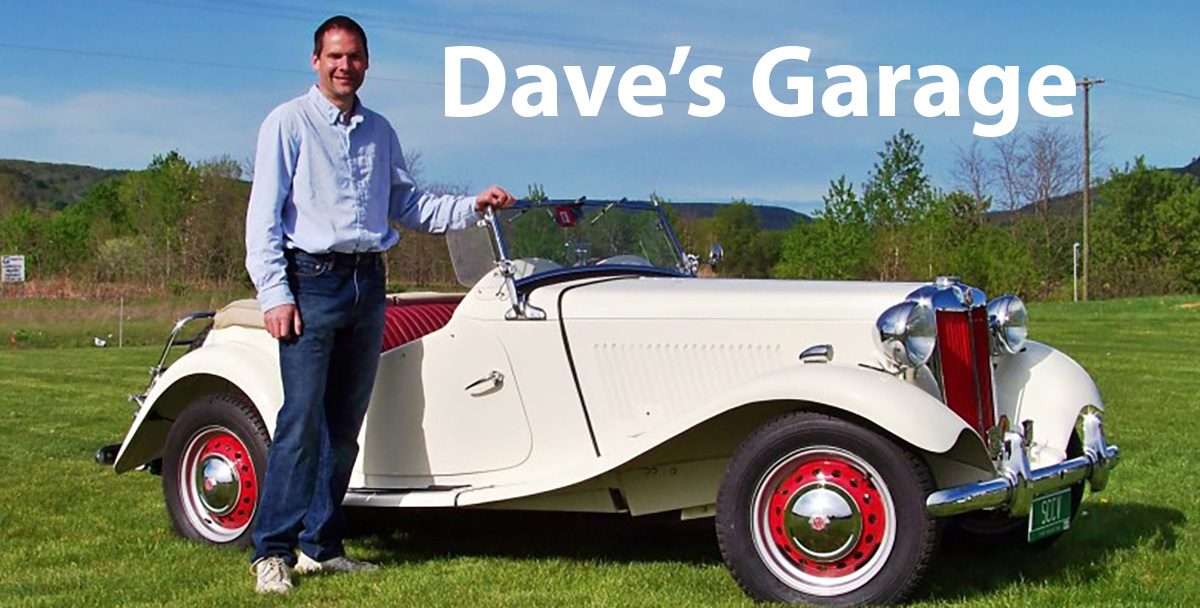Category: Dave’s Garage
-

Timing Is Everything!
A co-worker of mine just had an expensive experience with her Volkswagen. The car has the two liter twin cam engine, with a timing belt. The car had 85,000 miles […]
-

A Positively Good Idea
Recently I attended a SCCV driving event. Part of their pre-event inspection is verification of a cover for the hot battery terminal. I checked my car a few days before, […]
-

My rear disc brakes with the emergency drum brake
This was the good news! Something strange happened to me last week. I loaded the garbage and the recycling into the minivan to do the Saturday trip to the transfer […]
-

How do I know I am getting a good upholstery job?
From CostHelper.com….. How much does it cost to reupholster a car interior? For car owners interested in a complete makeover, car owners can buy vehicle reupholstering kits for about $800, […]
-

One Thing Leads to…
With no questions to answer this month, I thought I would share an interesting story. Have you ever been putting off a big job, expecting it to be difficult, only […]
-

Rust Repair
Recently I have had two cars in the garage for rust repair, a Saab 900 and an MGB. The interesting thing is, on each car the rust was caused by […]
-

Automotive Primers
My last column discussed the evolution in paint technology. This month, I will talk about what is under the paint and talk about primers. Automotive primers have come a long […]
-

Automotive Paints
This month’s question comes from Wendell Nobel: Dave, I would love to read a little dissertation on automotive paints. I recall a day when GM cars were all painted with […]
-

Your Car Engine on an Oscilloscope
Guest mechanic this month started with an article from Ken Barber and finished by Wheel Tracks When an oscilloscope is used by a mechanic to tune your engine, the picture […]
-

Z Car Update
Absent any questions this month, I will give a brief Z car update. The car is a 1972 Datsun 240Z receiving a total restoration. The car had significant rust in […]
